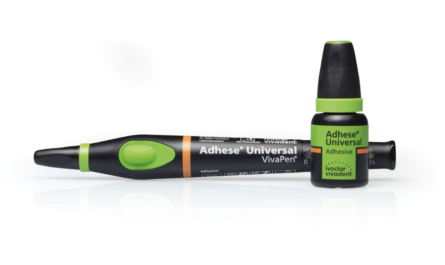By Dr. John Molinari and Peri Nelson
Editor’s note: Efficiency In Group Practice is pleased to announce a new feature, Best Practices in Infection Control, with THE DENTAL ADVISOR. Dr. John Molinari and Peri Nelson will address common concerns related to Infection control in dental practices. Questions can be submitted at m.dentaladvisor.com, under the Ask The Editors tab.
Q: Due to the volume of patients in our practice, I am washing my hands constantly and have developed small red bumps on my hands. Should I be concerned I am developing an allergy?
A: While it is possible that you have developed an allergy to the hand wash agent in your practice, it is more likely that the condition is a non-specific irritation dermatitis. This is not an allergic reaction. Instead, it is a gradual worsening skin condition which is caused by improper washing and/or care of hands. Repeated use of hand hygiene products can occur over 20-25 times per work day in most healthcare facilities. When water-based soap or antibacterial products are used, this can result in excessive removal of skin oils which are essential to keep epithelial tissues lubricated. Products that are too harsh or used inappropriately can cause some healthcare practitioners to experience the scenario you presented. Adoption of a mild, liquid soap (i.e. lotion-based soap) can be helpful in maintaining epithelial integrity. Water-based hand wash agents are not the only potential problem here, as early studies reported the drying effect of alcohol sanitizers. This problem has been resolved to a certain extent by the inclusion of emollients in these alcohol-based hand antiseptics. These specialized hand hygiene rubs are different from the products available at your local grocery store, so ask your sales rep for a list of acceptable options.
Q: It seems that the new gloves our practice is buying are very tight across the palm area. I’m concerned they will rip when I’m working. They are the size I normally wear but don’t seem to fit right. Are there differences in the way gloves are made? How can I find the best fit for my hand?
A: It is important to first note that people’s hands come in a variety of sizes. Not only are there differences in the lengths of fingers, but also the widths of the palms. Many people talk about gloves not fitting their fingers, but few are aware that the palm width can be equally important in glove selection. There are different glove widths available for various types of gloves. What you may have to do is try a number of samples to find a comfortable width. For example, when you put the glove on the palm shape should remain the same as without the glove. If the palm is constricted the width is too small and may cause muscle stress and damage over time.
Dr. John Molinari and Peri Nelson train dental professionals worldwide on Infection control products and procedures. The course “What’s Bugging The Dentist?” is a popular hands-on, interactive program designed to assist in the selection, assessment, and use of infection control products in practice. Contact [email protected] to schedule your event.





